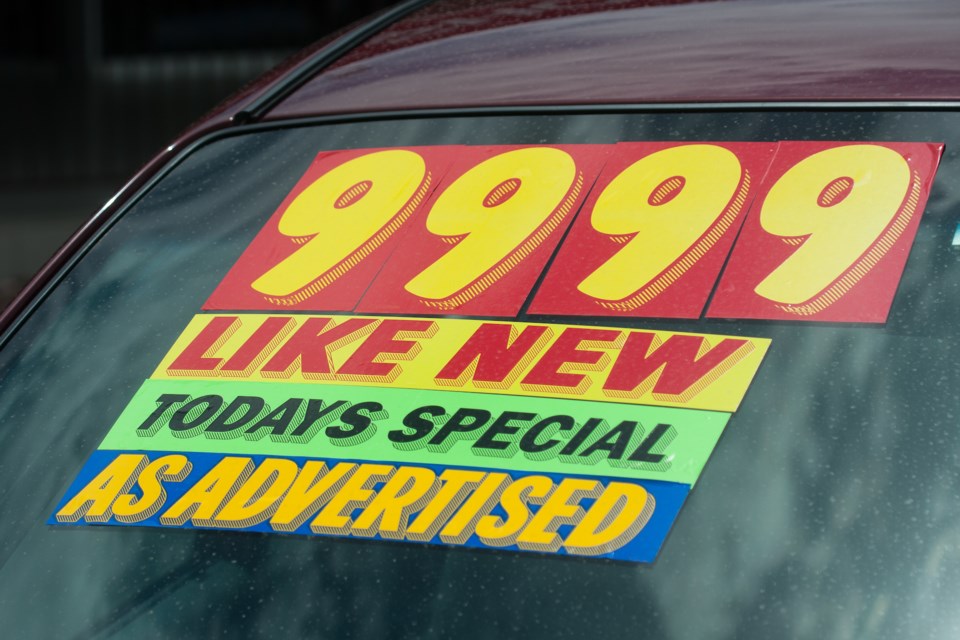Used car dealers are facing the trickle-down effects of marketplace challenges.
Supply chain issues and lower production runs of new vehicles have ratcheted used car prices to record heights.
While an average of 17 million new vehicles were produced annually from 2017-2020, said Sill-TerHar Motors Vice President Greg Larson, adding those figures have been cut to roughly 12 million per year since that time.
“The landscape of used cars is getting much more competitive,” Larson said. “You lose 5 million cars over a three-year span and that's 15 million cars that are not being produced from 2020 through 2022.”
“On nationwide inventory, we're seeing about 30% less vehicles showing up for sale this year … than … last year at this time,” said Country Truck & Auto Sales owner Mike Whistance.
Fewer options for new ride consumers lower overall sales figures and reduce the percentage of trade-in vehicles available. Depleted inventories have helped keep prices above previous benchmarks, Whistance said.
“Normally those trades come in and then that cycles on down and lowers the values all the way through,” Whistance said.
Reduced production of new vehicles also has altered the business model for fleet accounts, such as Enterprise, Avis and Hertz over the past three years, causing them to struggle to recover their fleets, according to Larson.
According to an article on MotorBiscuit, most car rental businesses will sell their cars to used dealers when a car reaches a predetermined amount of miles.
In general, car rental outlets are retaining vehicles considerably longer, even out of warranty in some instances, further starving the used car market, Larson said.
Lease holders are increasingly opting for buy-out options, which Larson estimated has jumped from about 25% to more than 60%. Data from General Motors suggested that 89% of lease holders chose to buy their leased vehicle, according to MotorBiscuit. The site states the buy out rates for leased vehicles prior to the pandemic were significantly less than the car’s current market value.
“Those cars have all dried up,” he said. “The trickle down effect is that the cars that are five to seven years old and out of warranty have increased in value.”
In the past, auctions have been another way for used car dealers to find vehicles.
“I don’t rely on the auctions because it is crazy there,” he said. “We have been able to get our inventory from wholesale prospects and leads.”
Local motor dealers also note that inflated fuel costs and rising interest rates have increased marketplace challenges, by failing to alter supply issues.
“Normally, with the elevated fuel prices, you would have definitely seen wholesale values drop and they just haven't been able to because there's not enough inventory,” Whistance said.
“Gas prices always have a tendency to change the dynamics of the purchase price for vehicles,” Larson said.
National average prices are hovering around $4.80 per gallon.
Regardless of greater demand for fuel efficient vehicles, Larson said automakers typically view smaller cars as less profitable.
Worse still, global supply chain delays are also slowing down new vehicle assembly lines.
“It’s one thing to say that it's all about microchips, but there's a trickle down effect to so many different products, for example rubber,” Larson said. “Most people think that in building a car you have all those parts locally centralized where the manufacturer plants are, but they're not and they get shipped in from out of the country.”



